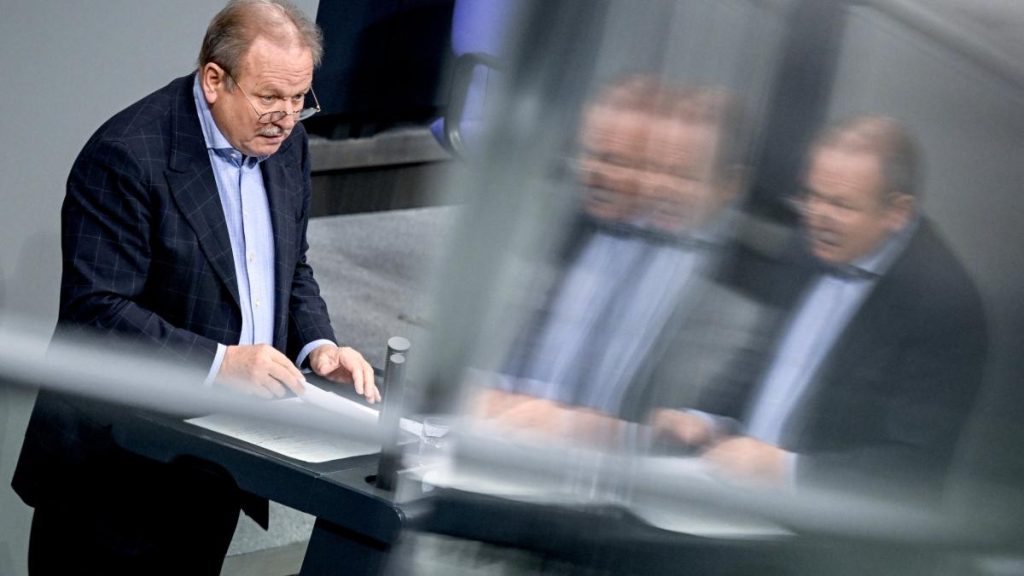The train drivers’ union GDL and the Deutsche Bahn have reached an agreement to implement a 35-hour workweek by 2029, with full compensation. This decision has sparked discussions in other unions, with the IG Metall even calling for a 32-hour workweek in some sectors. However, Federal Minister of Economics Robert Habeck is not enthusiastic about this trend. The agreement has been seen as a potential model for other industries by politicians from the Green and Left parties, particularly for professions under high stress.
Prominent figures such as Green labor market expert and former Verdi chief Frank Bsirske see the 35-hour workweek for train drivers as a positive example for other sectors. They believe that reducing working hours could be beneficial for maintaining long-term health in demanding professions and attracting new talent. Left party member Bernd Riexinger also expressed confidence that other groups, such as public transport employees, educators, and caregivers, would follow suit. The demand for a 35-hour workweek has been a longstanding one from unions and the Left party, and the GDL has demonstrated how this demand can be achieved through labor disputes.
Following the conclusion of a long-standing wage dispute, the Deutsche Bahn and GDL agreed to gradually decrease the standard working hours from 38 to 35 hours by 2029, while maintaining full pay. This agreement came after months of strikes to solidify the GDL’s demands. The Free Democratic Party (FDP) remains skeptical, emphasizing that reducing working hours should be tied to increased productivity. FDP’s economic policy spokesman Reinhard Houben highlighted the challenges of implementing such a model in cases where productivity cannot be enhanced.
In addition to implementing the shorter workweek, the Deutsche Bahn now faces the task of recruiting enough train drivers to ensure the continuity of services. It is also important to maintain flexibility for those who wish to work more or longer hours, as emphasized by Houben. The agreement between the Deutsche Bahn and the GDL has drawn attention as a potential solution to address the needs of employees in high-stress professions, with hopes that it may pave the way for similar changes in other sectors. However, opinions on the feasibility of a reduced workweek remain divided among political parties and economic experts.
Overall, the decision to implement a 35-hour workweek with full compensation at the Deutsche Bahn has drawn interest from policymakers in the Green and Left parties, who see it as a model for promoting work-life balance and attracting new talent to demanding professions. The agreement reached between the Deutsche Bahn and the GDL reflects ongoing discussions within unions about the optimal work hours for employees in various sectors. Despite some skepticism from the FDP regarding the relationship between reduced working hours and productivity, the implementation of the 35-hour workweek is seen as a positive step toward addressing the needs of workers in high-stress occupations. The coming years will reveal the effectiveness of this model and its potential implications for future labor negotiations across different industries.


